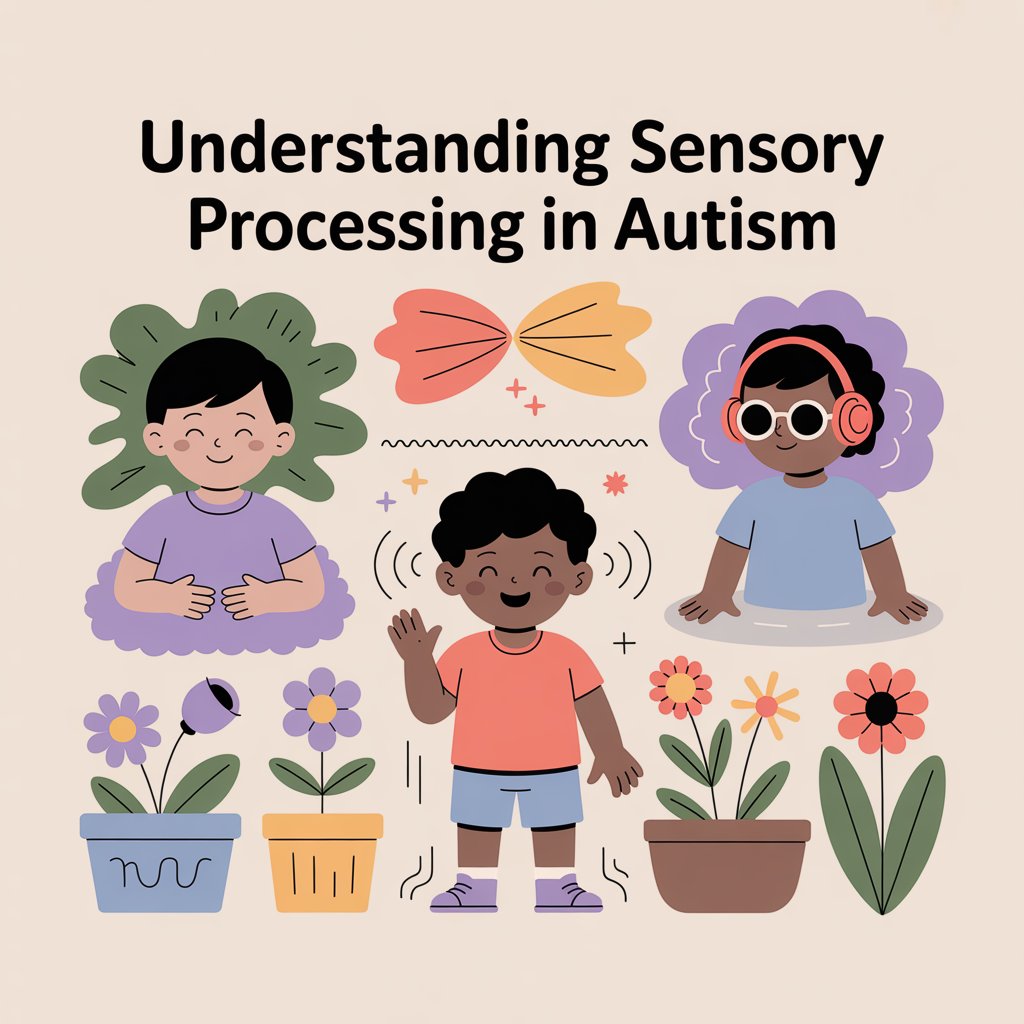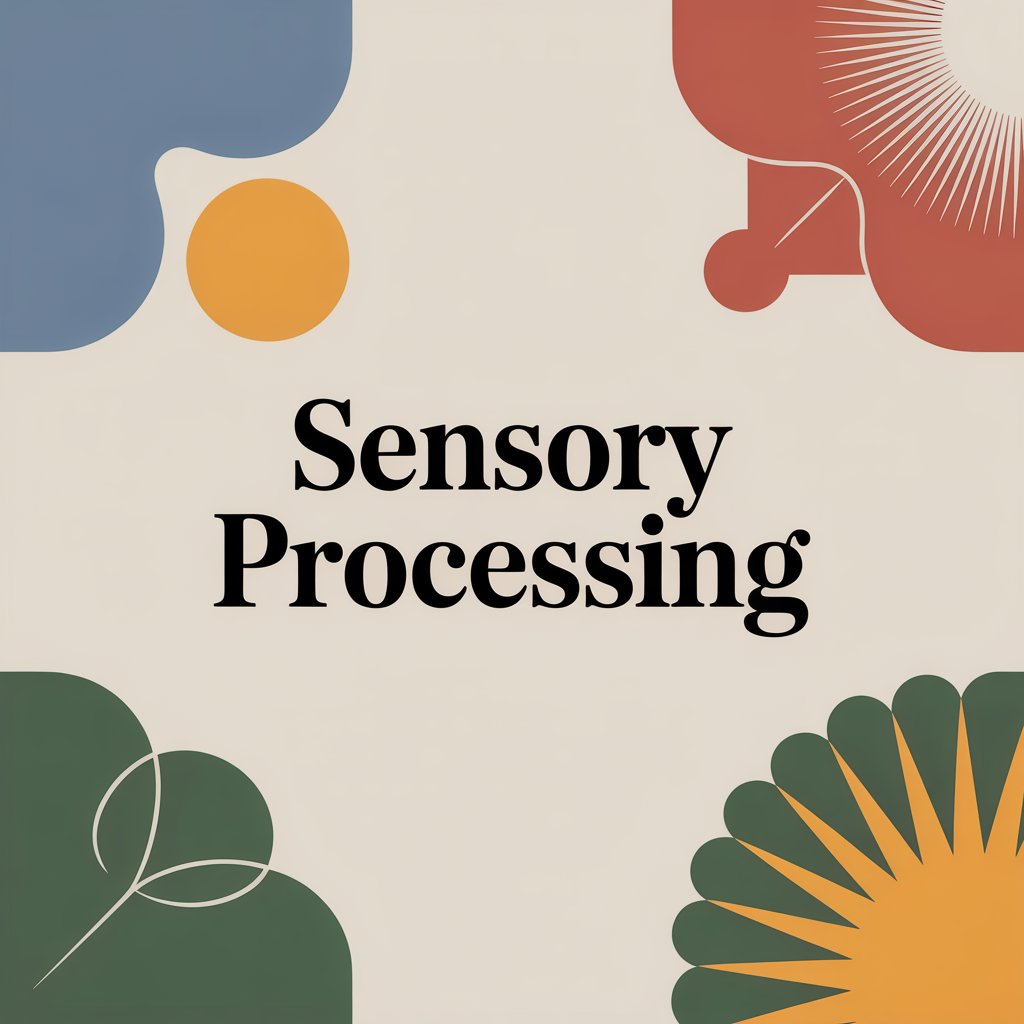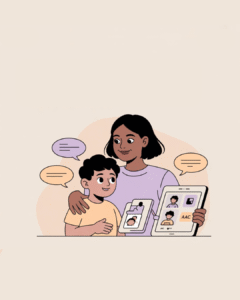What Does Sensory Processing Mean? Examples and Explanations.
Our body is constantly receiving information. This includes external (environmental factors such as light or sound) and internal (hunger, thirst, emotions) information. In this way, sensory processing is the ability to perceive sensations (either external or internal), translate this information, and understand what it means.
What happens when there are sensory processing issues?
Issues with sensory processing occur when a person has trouble perceiving the information sent from their senses and responds to it in unusual ways.
Before we continue, let’s talk about the senses. Originally we were taught in school that we have 5 senses, but when we are talking about sensory processing, we need to extend this list:
- Visual: Receives and understands the information perceived by the eyes. This can be light and dark and contrast.
- Auditory: Receives and understand the information perceived by the ears. This can be sound or noise.
- Gustatory: Receives and understands the information that comes from the mouth. This can be flavours and textures.
- Olfactory: Receives and understands the information that comes from the nose. This can be smells and differentiating between safe/harmful substances.
- Tactile: Receives and understands the information through the skin. This can be pressure, vibration, temperature, or pain.
- Proprioceptive: Tells you where your body is and also the strength of your movements.
- Vestibular: In charge of balance and spatial orientation.
- Interoceptive: All about internal sensations within your body.
For children with sensory processing difficulties, their senses can either take in too much sensory information (hypersensitive) or too little (hyposensitive).
Sensory processing difficulties and autism
Issues with processing information from their senses is a diagnostic symptom for autism. This means that in general, people with autism will have sensory processing difficulties, but not all people with sensory difficulties will be autistic.
Also, the term to describe this sensory difficulty is Sensory Processing Disorder, specially when, the sensory issues affect daily activities. But this disorder is not considered a medical disorder.
Examples of sensory processing difficulties
Behaviours that describe sensory processing might look like:
- Visual:
- Difficulty with eye-to-eye contact
- Sensitivity to light
- Difficulty identifying different shapes
- Preference for strong colourful lights
- Auditory:
- Fear of sounds from hairdryers, vacuums, flushing toilets, etc.
- Covering ears at sudden unexpected sounds, like neighbour’s lawn mower
- Preference for loud noises on TV
- Avoiding noisy places
- Doesn’t respond to name being called
- Gustatory:
- Only eats selected foods, picky eater
- Only likes food at certain temperature or certain texture
- Avoidance when brushing teeth
- Drooling
- Putting objects in their mouth—toys, small objects
- Olfactory:
- Strong reaction to smells
- Need to smell objects or people
- Not noticing smells
- Tactile:
- Dislikes touch, hugs, kisses
- Might prefer firm touch, hugs, certain textures
- Not respecting personal space
- Proprioceptive:
- Bumping, crashing, falling, or jumping frequently
- Preference for tight hugs, being wrapped in blankets
- Rough play
- Vestibular:
- Falling frequently
- Not having sense of danger
- Impulsive running, climbing
- Preference for lying down
- Interoceptive:
- Trouble feeling hungry, cold/hot, thirsty
- Difficulty with emotional regulation
- Eating more
- More frequent toilet visits

How to help your child
If you suspect your child might have a hard time with their sensory processing, you can get help by talking to your GP. It is helpful to bring a list of behaviours, so you don’t forget any important information.
Your GP can give you advice and refer you to an occupational therapist, psychologist, or paediatrician.
References
- Sensory Processing difficulties. Raising children. https://raisingchildren.net.au/guides/a-z-health-reference/sensory-processing-difficulties
- Sensory processing issues explained. Child mind insitute. https://childmind.org/article/sensory-processing-issues-explained/
- Yeung, L.H. and Thomacos, N. (2020) ‘Assessments of sensory processing in infants and children with autism spectrum disorder between 0–12 years old: A scoping review’, Research in Autism Spectrum Disorders, 72, p. 101517. doi:10.1016/j.rasd.2020.101517.




